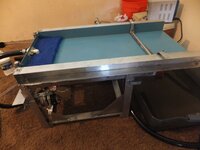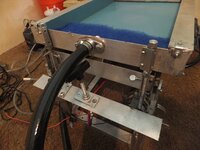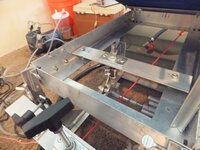LRC253
Full Member
Well I've been talking about building a custom highbanker that is somewhat a combination of the proline 3" combo and the goldhog viper. I have a basic quesion starting off and probably more later.
I was pricing out aluminum which isn't that bad but then realized I needed a tig to weld pieces together which I don't have. Then I was looking at my BGT and noticed it's just ABS plastic that appears glued together (not moulded).
Is ABS plastic that is welded/glued together a good idea for building the highbanker box? The box will be used as a combo with a 3" dredge setup.
If so, any tips, tricks or anything additional I should know before buying a 4'x8' sheet and going for it?
I was pricing out aluminum which isn't that bad but then realized I needed a tig to weld pieces together which I don't have. Then I was looking at my BGT and noticed it's just ABS plastic that appears glued together (not moulded).
Is ABS plastic that is welded/glued together a good idea for building the highbanker box? The box will be used as a combo with a 3" dredge setup.
If so, any tips, tricks or anything additional I should know before buying a 4'x8' sheet and going for it?








